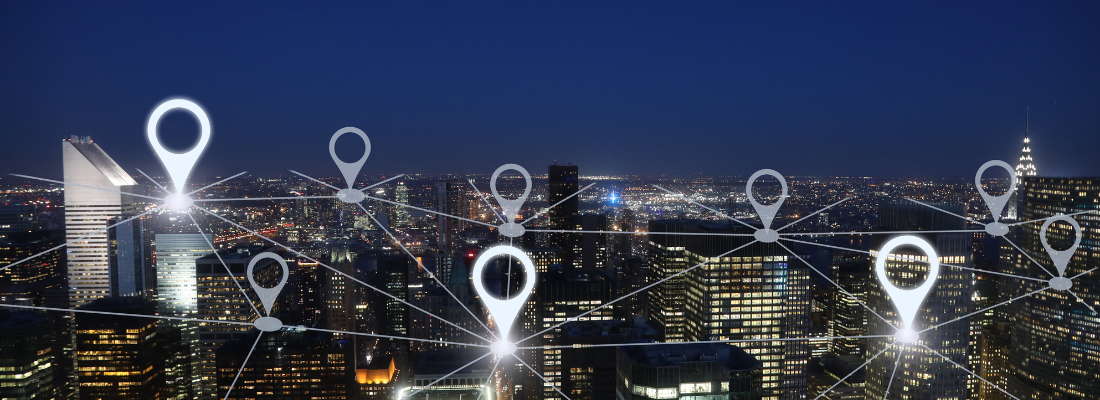
Here’s What Google Maps Timeline Knows About You (And It’s More Than You Think)
It’s 10:00 p.m. – do you know where your children are? Google probably does. Thanks to Google Maps’ Timeline feature, the tech company probably knows where your whole family has been – down to the GPS coordinates. The feature was first rolled out in 2015 on Android devices and two years later on Apple, but many people still don’t know how much information the app actually collects. Before you hit the road this holiday season, take a minute to review your privacy settings to see if the risk is worth the benefits.
What Google Maps Timeline Can See
With Google Maps Timeline, you can go back to any day and see in detail where you were, when and for how long. For example, the map will show you when you left work, got home and any pit stops you made. It can also tell if you traveled by bike, car, train or bus. If you haven’t changed the settings, this information may have been stored for YEARS. This kind of tracking is helpful if you forget the name of that new lunch place you visited last month with the great chicken wrap. However, if you care about your privacy and prefer not to have your home address or daily jogging routine under Google’s watchful eye, you need to turn this feature OFF.
Pros And Cons
Under the guise of being a digital assistant, Google collects that information to make your life easier. At the same time, it’s creating detailed profiles of all of us. In some ways, this makes our lives easier. In other ways, it invites severe risks.
Upsides
- Find what’s lost: Has your kid ever lost their phone during an errand spree and is not sure if they left it in the cart at Target or the bathroom at Cheesecake Factory? Yeah – it’s not a good feeling. If your phone is connected to the Internet, Google Maps Timeline can retrace your steps.
- Peace of mind: Many parents gain peace of mind about their children’s safety by knowing where they are and where they’ve been.
- In business: Employers can also use the feature to ensure employees working remotely are where they are supposed to be when they are supposed to be there.
- Tailored ads: Because Google apps speak to each other, your ads and recommendations are customized to your lifestyle.
Downsides
- Peeping Toms: Anyone who gets hold of your account can build a profile of you. They know where you live, work and hang out. Threat actors weaponize profiles in extortion schemes or impersonate people to commit other heinous crimes.
- Not 100% accurate: You must be connected to the Internet and logged in to Google for the feature to work.
- A lot less privacy: It’s creepy when an app tracks and stores personal information!
How To Turn Tracking OFF
If you don’t feel like having Google’s eyes on your every move, follow these steps on one of your devices to update the settings. Here’s how to do it from your computer:
Change Settings Using Your Computer:
- Log in to your Google account.
- Tap your profile icon or initials, and select “Manage Your Google Account.”
- Click on “Data & Privacy.”
- Scroll to “History Settings” and select “Location History.”
- Pause your history.
- BONUS TIP: Delete your timeline history by going to Maps Timeline, “Manage Location History,” and selecting an auto-delete option.
Tips for Using Google Timeline
If the benefits outweigh the risks for you or your family, do two things. First, define a timeline to delete stored data. You can delete your location history after 3, 18 or 36 months – or keep it forever (which we don’t recommend). Once you pick an option to remove the data, Google is legally obligated to delete it.
Second, use MFA on your devices and accounts so that even if someone finds your phone or hacks your account, they can’t get in. Take control of your privacy and review this buried feature in Google’s Maps app!
